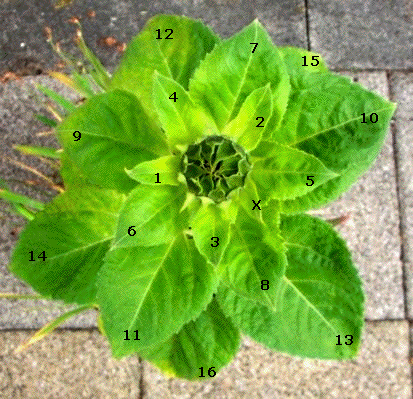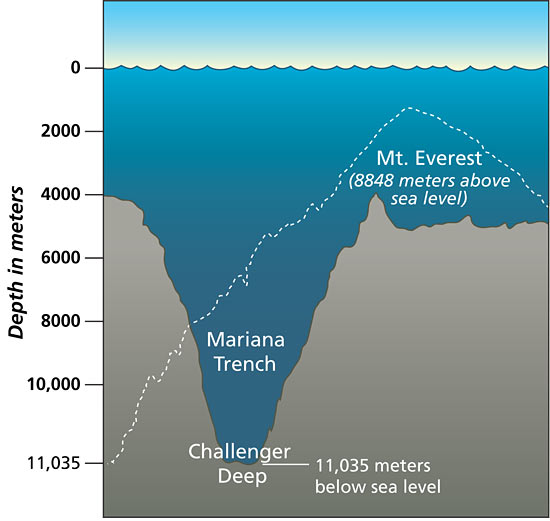
Image Source: http://www.findingdulcinea.com
Need some practice on a Mathematics topic ?
There are plenty of free practice questions on the Internet. Not only are they free, but they have answers available for checking your work.
There are loads of great free worksheet sites for Primary school level mathematics, but the good ones for High School and middle school can sometimes be a bit more challenging to find.
Our review includes some Primary Worksheets, but also focuses on worksheets that are suitable for High School mathematics.
Since these worksheets are either loaded as web pages, or online Adobe PDF documents, they should all work on Apple devices, as well as on PC’s and Laptops.
We found lots of sites on the Internet for Math Worksheets, and this review features what we consider to be ten of the best worksheet sites on the web.
If you know any other great worksheet sites not listed here, then please contact us via our email address on the side bar.
Kuta Software
This is a great website with worksheets for all of the common mathematics topics from Primary through to Middle School.
We love this website, it is well laid out with all of the sheets as PDFs with answers supplied. Well worth a visit.
http://www.kutasoftware.com/freemain.html
This site has lots of worksheets that we fill in on the screen and then click a button at the bottom of the sheet to check the answers.
As a result the worksheets are not really printable.
We really like this site because it covers all of the topics required from Primary through to Middle School mathematics.
http://www.onlinemathlearning.com/math-worksheets.html
This site has lots of printable worksheets covering grades 1 to 8, all with answers.
Topics covered include basic numeracy, Measurement, Geometry, Statistics, Equations, and many others.
Some worksheets are in the main area, and others are in the grade specific links on the page.
http://www.teach-nology.com/worksheets/math/
Math Worksheets Go
This site covers Algebra, Geometry, and Trigonometry for High School students, and does not cover other topics.
To get to worksheets, we have to click on a download button to get to the web oage that has the worksheet.
Each worksheet has a lesson, that usually includes a Video, and then the worksheet practice questions, followed by an answer sheet.
http://www.mathworksheetsgo.com/
Math Worksheets for Kids
This site has lots of printable web page worksheets covering Grades 1 to 8, all with answers.
Topics covered include basic numeracy, Measurement, Geometry, Statistics, Equations, and many others.
There are also separate difficulty level worksheets on topics like “Median” and others, that range from simple to hard.
http://www.mathworksheets4kids.com/
Free Math Worksheets
This is a great site for High School Mathematics PDF worksheets. Each worksheet loads up as a PDF in Adobe Acrobat and has answers.
It does not cover all maths topics but has plenty of worksheets for Algebra and Graphs up to middle school level.
http://www.math-worksheet.org/
Fun Maths
This website has free High School level worksheets for Geometry, Algebra, Trigonometry, Statistics, Measurement, and Number.
However, some topics are not comprehensive. For example, Statistics only covers Probability, and not Mean, Median, Mode.
Most of the worksheets we looked at do not have answers, and so teachers would have to workout solutions.
http://www.funmaths.com/worksheets/index.htm
EZ School
We really like this site, because it has worked solutions for most of the worksheets. The sheets are on web pages but can be printed out.
Level covered is basic numeracy, through to lower middle school. (Although the site says they cover Grades 6 to 12, we could not find anything past Grade 8 level when we looked on the site.
Topics include Mean Median Mode, Equations, and Exponents.
http://www.ezschool.com/EZSheets/
Math Drills
“Math Drills” is believed to have over 10,000 free math worksheets with answer keys.
The worksheets are PDF documents which usually have one page of questions, immediately followed by a page with the answers.
The range of worksheets currently appears to cover basic numeracy through to lower middle school level, including Algebra, Geometry, Measurement, and others.
Free Math Worksheets
This site covers basic numeracy, with the occasional advanced topics like Quadratic Equations.
There is a generator page that needs to be filled in with information, and then the worksheet is generated.
The worksheets are printable web pages which usually have one page of questions, immediately followed by a page with the answers.
http://www.freemathworksheets.net/
Home School Math
This site covers basic numeracy, and is mainly primary school level through to the beginning of High School.
The worksheets are printable web pages which usually have one page of questions,and then we can click at the bottom of this page to open up the answers page in a new window on our web browser.
http://www.homeschoolmath.net/worksheets/
Math Worksheets Land
Math Worksheets Land is a free worksheets site ran by a retired middle school teacher in the USA with over 30 years teaching experience.
She is very passionate about her work, and is continually adding new material to the site.
Notes, Lessons, and Worksheets with Answers in printable PDF form are available for Primary School through to Secondary.
Math Worksheets Land also has a page on Facebook.
This is an excellent site and we recommend that you use the link below to check it out.
http://www.mathworksheetsland.com/
That completes our list of great sites for getting free math worksheets.
Please note that Passy’s World of Mathematics has no financial interest in any of the websites reviewed in this lesson.
Related Items
Free Online Math Tests
Free Online Math Videos
Free Online Graph Makers
Free Online Calculators and Converters
GeoGebra Online Interactives and Demonstrations
Mathwarehouse Interactives
Microsoft Mathematics Free App for Windows PC
My Virtual Home
If you enjoyed this post, why not get a free subscription to our website.
You can then receive notifications of new pages directly to your email address.
Go to the subscribe area on the right hand sidebar, fill in your email address and then click the “Subscribe” button.
To find out exactly how free subscription works, click the following link:
If you would like to submit an idea for an article, or be a guest writer on our blog, then please email us at the hotmail address shown in the right hand side bar of this page.
Enjoy,
Passy













































